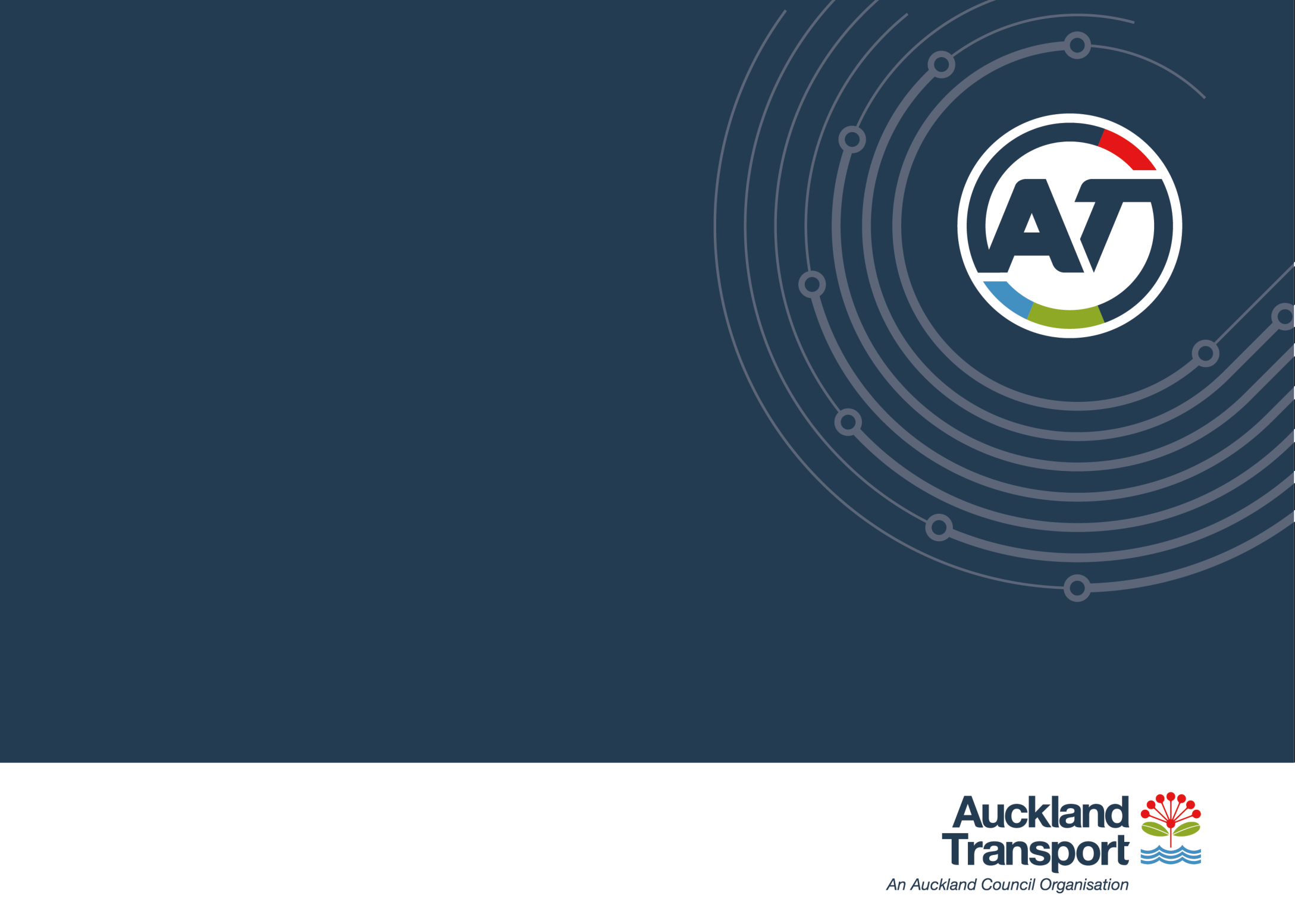 Stage Timing Model
5 February 2016
Stage Timing Model
5 February 2016
1
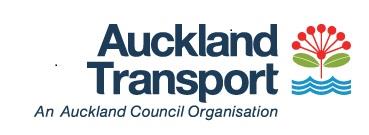
 Introduction
Introduction
• The Bus Reference Case (BRC) was developed to provide
a ‘single source of truth’ of planned bus services and
operations in the City Centre, with evaluation years at
2018, 2026 and 2036
• This piece of work uses the BRC to identify where and
when bus capacity issues are expected to arise
• Bus capacity is fundamentally determined by the capacity
and configuration of bus stops on each corridor
2

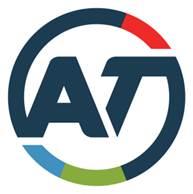 Stage-Timing Model (STM)
Stage-Timing Model (STM)
• Predicts when City Centre corridors require interventions
• Based on when service provision exceeds capacity of each stop group
across City Centre corridors
•
Service provision based on New Network routes and service
levels, plus expected growth and changes over time, as specified
by AT Metro in the Bus Reference Case (BRC) review.
•
Capacity determined by planned stop lengths, signal cycles,
infrastructure design, plus operational and usability constraints,
as established by BRC investigation.
• STM allows alternate routings, capacities and timings to be tested and
compared
3

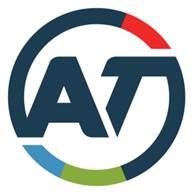 STM Assumptions
STM Assumptions
• Maximum 10% stop failure rate (buses queuing back to access stop)
• 2-minute signal cycles
• Stop capacities of:
•
Single stop – 16 vph
•
Double stop – 33 vph
•
Triple stop – 53 vph
• Services grouped into functional and legible stop groupings
• Corridors “break” when one or more stops exceeds capacity
•
Only when all “acceptable” stop reconfiguration options are
exhausted
•
Assumes New North Road buses remain in the city centre with
CRL
4
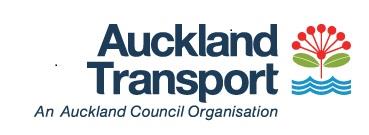
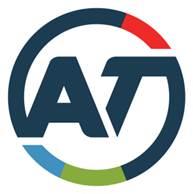 Options investigated
Option 1: Business as usual
Options investigated
Option 1: Business as usual
• Current programme of works:
-
New Network redesign and efficiency improvements
-
City Rail Link
-
Double Deckers on major corridors
-
New bus terminals at Wynyard and University, Britomart reconfigured
-
New "street busway" corridor on Wellesley Street
-
All “acceptable” stop reconfiguration options
Option 2: Removal of Dominion Road buses
• Business as usual, plus:
-
Dominion Road bus service removed from Symonds and Wellesley Streets
Option 3: Removal of Dominion and Sandringham Road buses
• Business as usual, plus:
-
Dominion Road and Sandringham Road bus service removed from Symonds and
Wellesley Streets
5
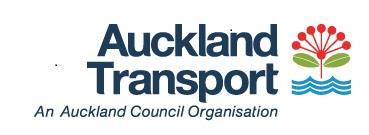
 Option 1: Business as usual
Corridor
Stop(s)/ group(s)
Year capacity
Option to prolong
Outcome
exceeding capacity
exceeded
corridor life
Option 1: Business as usual
Corridor
Stop(s)/ group(s)
Year capacity
Option to prolong
Outcome
exceeding capacity
exceeded
corridor life
Wellesley Street
Isthmus to Wynyard
2016
Reconfigure stop
Extends corridor life to 2023
Crosstown/Birkenhead
(2023)*
groupings
Symonds Street
Isthmus to Wynyard
2016
No options
Vehicles exceed aggregate
stop capacity
Albert Street
All routes (one stop group)
2016
No options
Capacity limited by road width
and in-line stops
Fanshawe Street
North Shore to University
2016
Out of scope
Wynyard/Fanshawe Study to
(Victoria Park)
Isthmus to Wynyard
address
K Road
All routes (one stop group)
2019
No options
Capacity limited by road width
and in-line stops
Note: one stop group on Wellesley Street exceeds capacity by one bus from
2016 to 2022.
6

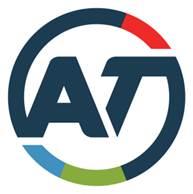 Option 2: Removal of Dominion Road buses
Corridor
Stop(s)/ group(s)
Year capacity
Option to prolong
Outcome
exceeding capacity
exceeded
corridor life
Option 2: Removal of Dominion Road buses
Corridor
Stop(s)/ group(s)
Year capacity
Option to prolong
Outcome
exceeding capacity
exceeded
corridor life
Wellesley Street
Crosstown/Birkenhead
2016
Reconfigure stop
Extends corridor life to 2032
(2032)
groupings
Symonds Street
Upper Symonds Street
2024
No options
Vehicles exceed stop capacity
Fanshawe Street
North Shore to University
2016
Out of scope
Wynyard/Fanshawe Study to
(Victoria Park)
(Isthmus to Wynyard)
address
7
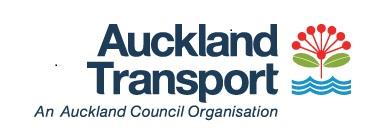
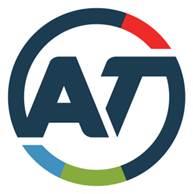 Option 3: Removal of Dominion and Sandringham
Option 3: Removal of Dominion and Sandringham
Road buses
Corridor
Stop(s)/ group(s)
Year capacity
Option to prolong
Outcome
exceeding capacity
exceeded
corridor life
Wellesley Street
Crosstown/Birkenhead
2016
Reconfigure stop
Extends corridor life to 2042
(2042)
groupings
Symonds Street
None
>2046
None needed
Corridor below capacity beyond
2046
Fanshawe Street
North Shore to University
2016
Out of scope
Wynyard/Fanshawe Study to
(Victoria Park)
address
8
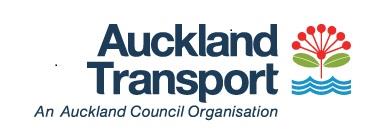
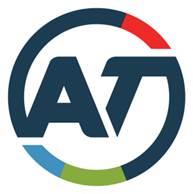 Summary
Option 1: Business as Usual
Summary
Option 1: Business as Usual
• Symonds St over capacity in 2016
• Wellesley St over capacity in 2016 (North Shore peak & isthmus groups)
…but can be stretched to 2023 with highly compromised stop groupings.
Option 2: Dominion Rd
• Symonds St over capacity in 2024
• Wellesley St over capacity in 2016 (North Shore peak group)
…but can be stretched to 2032 with somewhat compromised stop groupings.
Option 3: Dominion Rd and Sandringham Rd
• Symonds St does not exceed capacity within study period (beyond 2046)
• Wellesley St over capacity in 2016 (North Shore peak group)
…but can be stretched to 2042 with slightly compromised stop groupings.
9
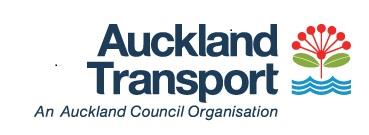
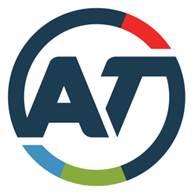 Caveats
For all options:
Caveats
For all options:
• Fanshawe St is over capacity in 2016 (Beaumont St to Halsey St)
• Being addressed by Wynyard-Fanshawe Project
• Albert St is over capacity in 2016 (Mayoral Dr to Britomart)
• post CRL-reinstatement design: single stop group with inline stops and limited
corridor width limits stop capacity
• May warrant revisiting planned corridor and/or network design
• K’ Road is over capacity in 2019 (overbridge to Pitt St)
• Corridor and stop design to be confirmed, but current thinking is single stop group
with inline stops.
10

 Conclusion
Conclusion
Assuming Fanshawe St, Albert St and K’ Rd constraints are addressed through
respective studies, these results suggest the following timeframes:
• Dominion Rd buses removed as soon as possible following implementation of New
Network circa 2018 (relieving Symonds St and Wellesley St stop congestion)
• Sandringham Rd buses removed by 2024 (further relieving Symonds St stop
congestion)
These two interventions, together with less than ideal North Shore stop groupings on
Wellesley Street, are predicted to prevent Wellesley St becoming over capacity until
2042, and Symonds St until sometime beyond 2046.
11




















